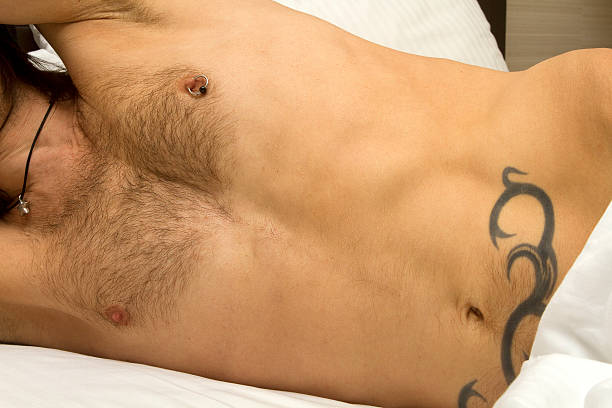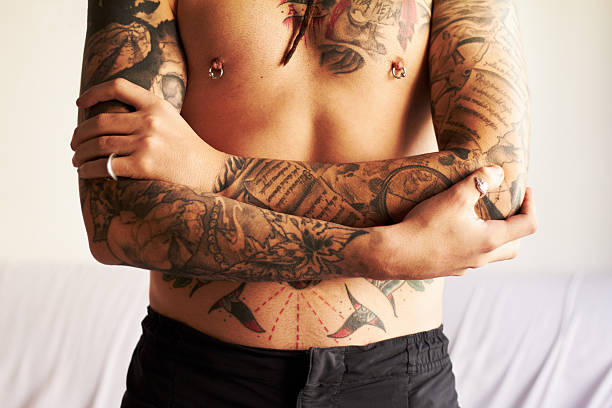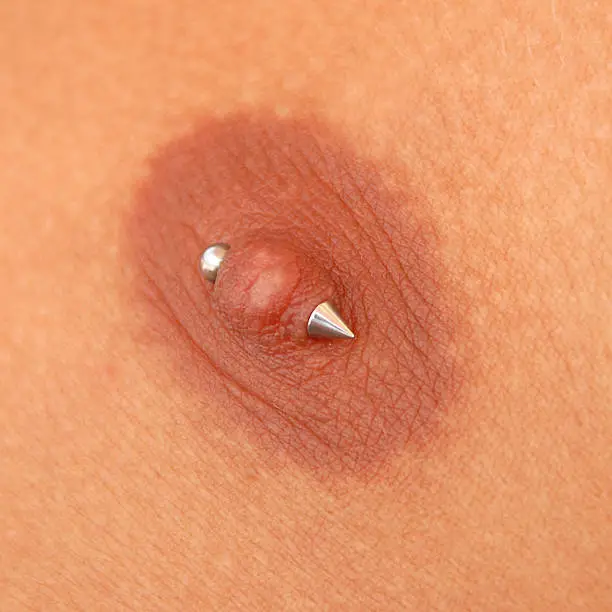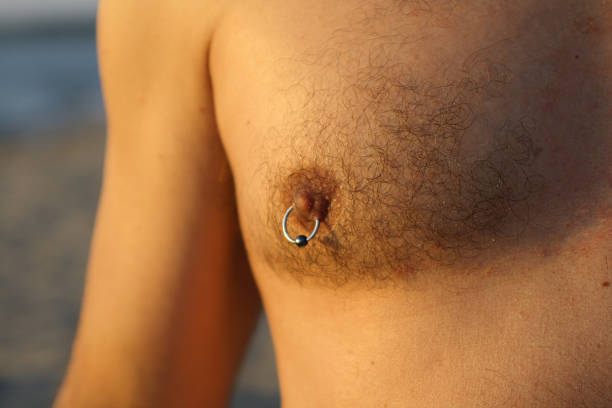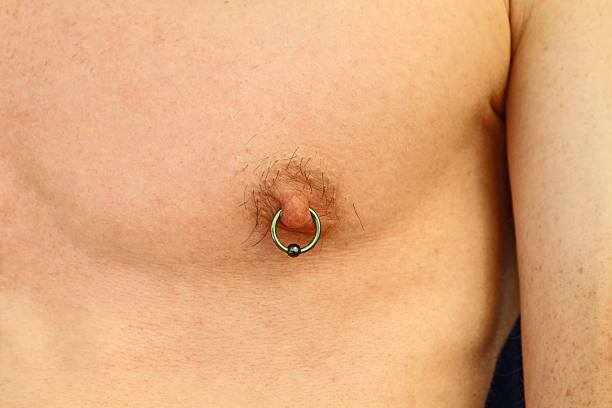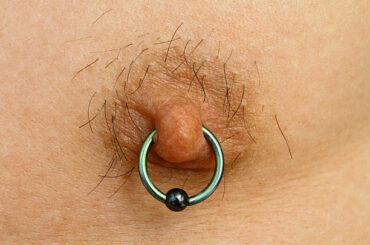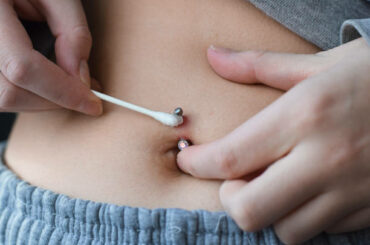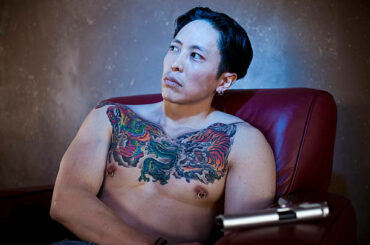Contents
Can You Pierce Your Own Nipple?
Piercings have been a symbol of individuality and self-expression for centuries. Among the myriad options available, nipple piercing stands out as a bold statement, a form of adornment that merges intimacy with aesthetic appeal. But can you pierce your own nipple? In this exploration, we’ll dive deep into the nuances of self-nipple piercing, considering risks, rewards, and the journey ahead.
Understanding Nipple Piercing: A Historical Perspective
Nipple piercing isn’t a recent trend; it has roots in ancient cultures and rituals. For example, in ancient Rome, nipple piercings were a symbol of masculinity and virility, while in tribal cultures, they signified rites of passage and societal status. Fast forward to contemporary times, and nipple piercings have become a mainstream form of body modification, embraced by individuals across diverse backgrounds.
The anatomy of the nipple is crucial to understand before considering piercing. The nipple consists of sensitive tissue and intricate nerve endings, making it a delicate area to work with. Any piercing, whether done professionally or DIY, poses risks and potential complications.
Infection ranks among the top concerns when it comes to nipple piercing. Without proper sterilization and aftercare, the risk of infection significantly increases. For instance, improper cleaning techniques or using non-sterile equipment can introduce harmful bacteria, leading to complications.
Allergic reactions to jewelry materials are another potential issue. For example, individuals may react adversely to certain metals like nickel or brass, resulting in inflammation and discomfort. It’s crucial to choose hypoallergenic materials for jewelry to minimize such risks.
Nerve damage and sensation loss are legitimate fears associated with nipple piercing. The nipple is densely populated with nerve endings, and any piercing procedure carries the risk of nerve damage, which could affect sensation in the area.
Preparation and Hygiene: Setting the Stage for Success
Proper preparation and hygiene are essential prerequisites for a successful nipple piercing, whether done at home or by a professional. Before beginning the piercing process, it’s crucial to gather all necessary supplies: sterile needles, piercing jewelry, antiseptic solutions, and sterile gloves.
Sterilization is non-negotiable. All equipment must undergo thorough sterilization using techniques like autoclaving or chemical disinfection to eliminate pathogens and reduce the risk of infection.
Skin preparation is equally important. The piercing site should be cleaned with a gentle antiseptic solution to remove dirt, oils, and bacteria, ensuring a clean canvas for the procedure.
Procedure: A Step-by-Step Guide with Illustrative Examples
Performing a self-nipple piercing requires precision and patience. Here’s a step-by-step guide, illustrated with examples, to help navigate the process:
- Gather your supplies: Ensure you have everything you need, including a sterile needle, piercing jewelry, gloves, and antiseptic solution.Example: Sarah laid out her supplies on a clean, flat surface: a sterilized needle, a small container of saline solution, and a titanium barbell for her piercing.
- Choose the piercing location: Carefully select the placement of your piercing, keeping aesthetics and comfort in mind.Example: Mark decided on a vertical placement for his nipple piercing, aiming for symmetry and visual appeal.
- Prepare the piercing site: Cleanse the area around the nipple with an antiseptic solution and mark the precise location for the piercing.Example: Emily used a sterile marker to carefully mark the spot where she wanted her piercing, ensuring symmetry between both nipples.
- Pierce the nipple: With steady hands and unwavering focus, gently pierce the nipple using the sterilized needle.Example: With a deep breath, John pressed the needle through his nipple, feeling a sharp sting followed by a rush of adrenaline.
- Insert the jewelry: Once the needle is through, carefully insert the piercing jewelry into the newly created hole, securing it in place.Example: With practiced hands, Maria threaded the barbell through her freshly pierced nipple, feeling a sense of accomplishment as the jewelry settled into place.
- Clean and care for the piercing: After the piercing is complete, follow proper aftercare procedures to promote healing and prevent infection.Example: James diligently cleaned his piercing twice daily with saline solution, gently rotating the jewelry to prevent it from sticking.
While the allure of self-expression through nipple piercing is undeniable, legal and ethical considerations loom large. Laws regarding self-piercing vary by jurisdiction, with some places imposing age restrictions or requiring parental consent for minors.
Ethical considerations also come into play. Is it morally permissible to perform invasive procedures on oneself without proper training or oversight? These questions prompt reflection on the broader implications of DIY body modification.
Alternatives and Professional Options: Exploring the Spectrum
While self-piercing offers autonomy and independence, professional options abound for those seeking expert guidance and support. Professional piercers undergo rigorous training and adhere to strict hygiene standards, minimizing the risk of complications.
Temporary adornments, such as adhesive nipple jewelry or non-piercing nipple shields, provide alternatives for individuals hesitant to commit to permanent piercing.
Personal Stories and Experiences: Voices from the Community
The world of nipple piercing is rich with personal stories and experiences, each reflecting a unique journey of self-discovery and expression. From overcoming fears to celebrating newfound confidence, individuals share their narratives, offering insights into the transformative power of body modification.
Expert Perspectives: Insights from Professionals
Professional piercers and healthcare professionals offer invaluable insights into the risks and recommendations surrounding nipple piercing. Their expertise serves as a guiding light, providing clarity and guidance amidst the sea of uncertainty.
Conclusion: Proceed with Caution
In the realm of self-nipple piercing, autonomy comes with responsibility. While the allure of self-expression may beckon, it’s crucial to approach the process with caution, mindfulness, and respect for one’s body.
So, can you pierce your own nipple? The answer is nuanced, shaped by individual circumstances, beliefs, and preferences. Whether opting for self-piercing or seeking professional guidance, the journey of nipple piercing is a deeply personal one, marked by courage, creativity, and self-discovery.
In the grand tapestry of life, each piercing tells a story—a testament to the human spirit’s quest for beauty, authenticity, and connection. As we adorn ourselves with jewels of expression, may we do so with reverence, humility, and an unwavering commitment to self-care.

